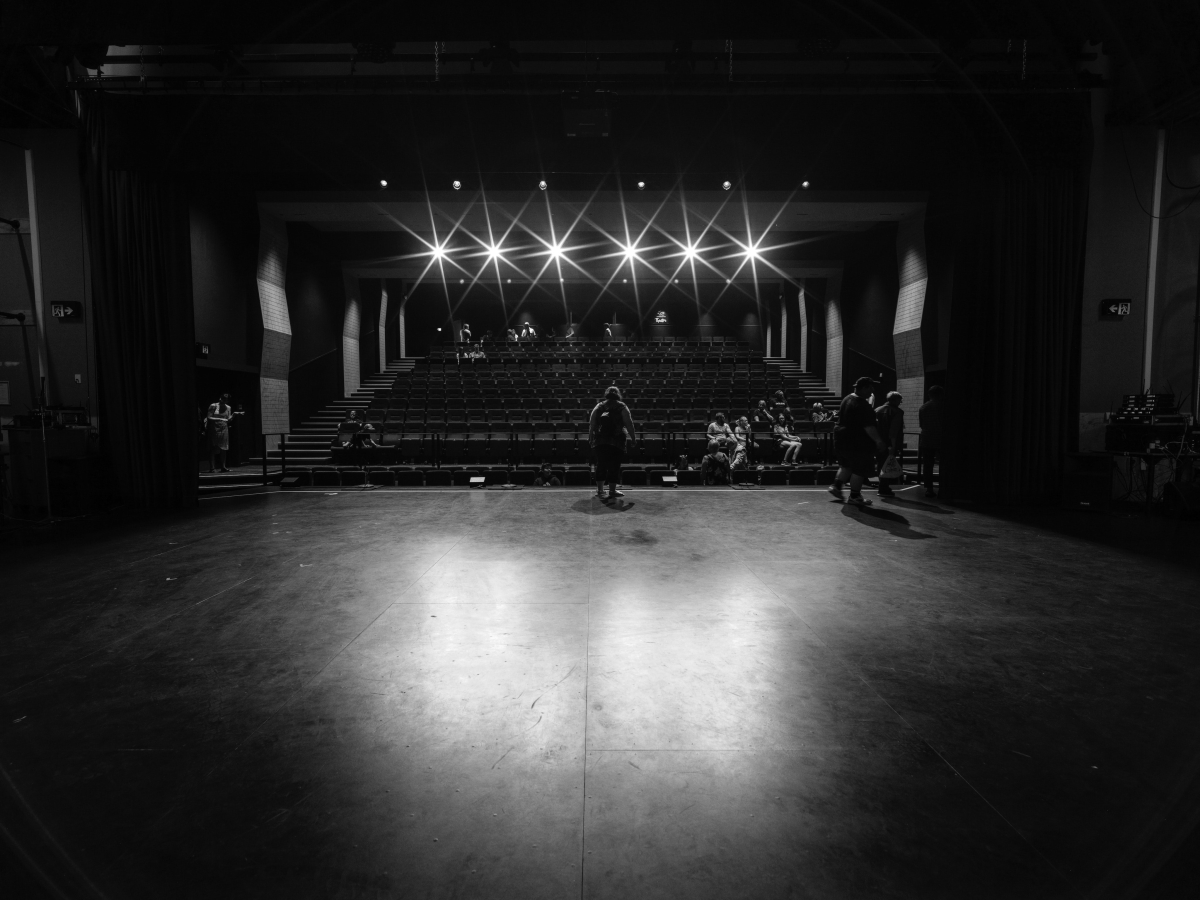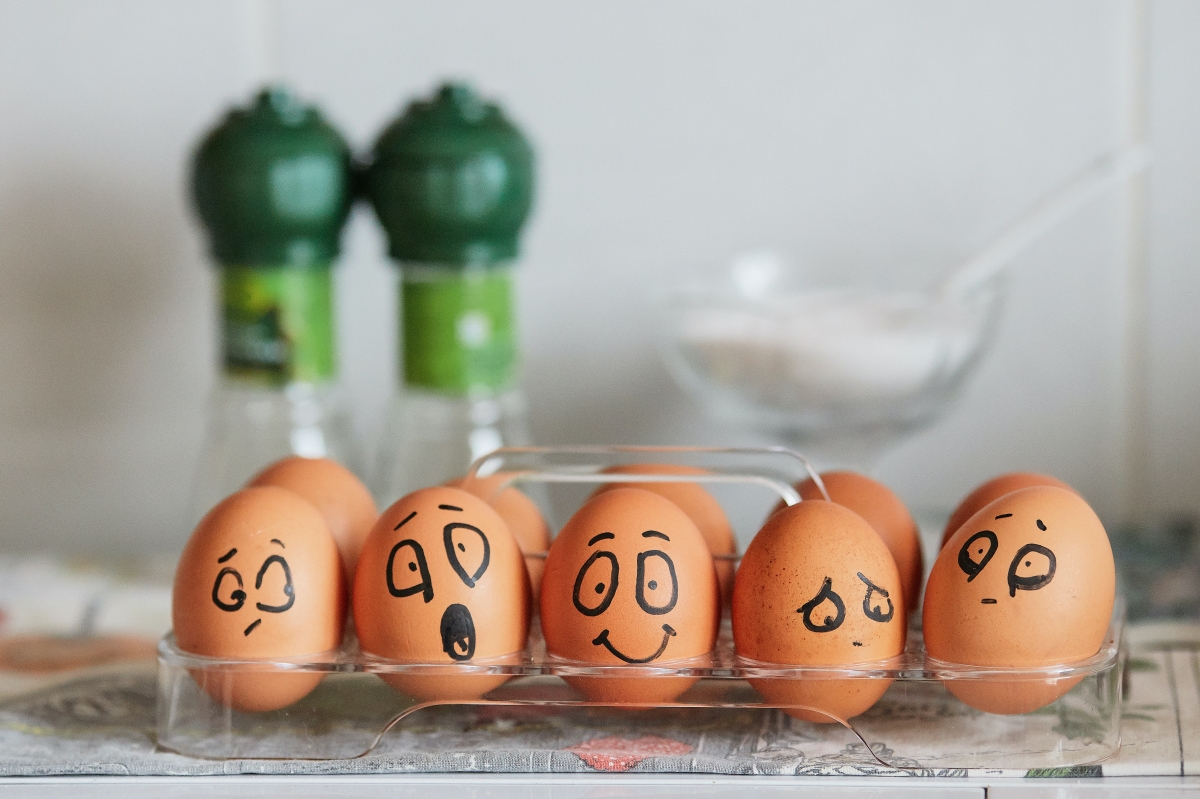Pain is a part of life.
Like the opposite side of the coin for pleasure, one can’t exist without the other.
But there’s the natural pain that occurs in life, and then there’s emotional suffering that comes from all the mind drama we add to the pain.
This is the torture we self-inflict with our brains through negative thoughts.
For example, your husband makes a comment about your outfit such as “You’re wearing that again?” And your brain, instead of just interpreting it as a question, answering, and moving on, goes “What the hell man!? Obviously, I’m wearing it again, it’s on my body. He’s so freaking critical of me. He doesn’t like it. He never likes what I wear.”
Now I’m not saying your husband likes the outfit. Maybe he doesn’t, but ultimately, we don’t care because where we want our focus is on you and whether YOU like the outfit.
And when you start bringing everything back to you and how you want to think and feel about the situation, a lot of the drama can fall away.
To do so takes three steps:
- HAVE AWARENESS – Notice the thoughts you are choosing to think and what emotions they are creating for you. Remember that no matter what your husband does or says, you get to choose how you want to think and feel about it. This DOES NOT mean you choose to always feel “happy,” but it does mean you remember that you do not have to take on any of his thoughts or opinions.
- PROCESS EMOTION – Allow yourself to feel whatever comes up for you in your body without judgment. Maybe you feel shame because you think “He doesn’t like the way I dress.” Allow the shame to be processed by dropping into your body and breathing into it. Then see what’s left behind. Be curious. Why does it matter to me that he likes how I dress?
- CHOOSE INTENTIONALLY – How do YOU want to think and feel about your outfit? If you love it and think you look amazing, then that thought and feeling is available to you regardless of whatever your husband says. If you don’t, then explore more around what thoughts and beliefs you want to have in the future around your body and what you wear.
Life dishes up plenty of experiences for us to grow and learn.
We don’t need all the excess drama on top.
Photo by Mark Thompson on Unsplash





